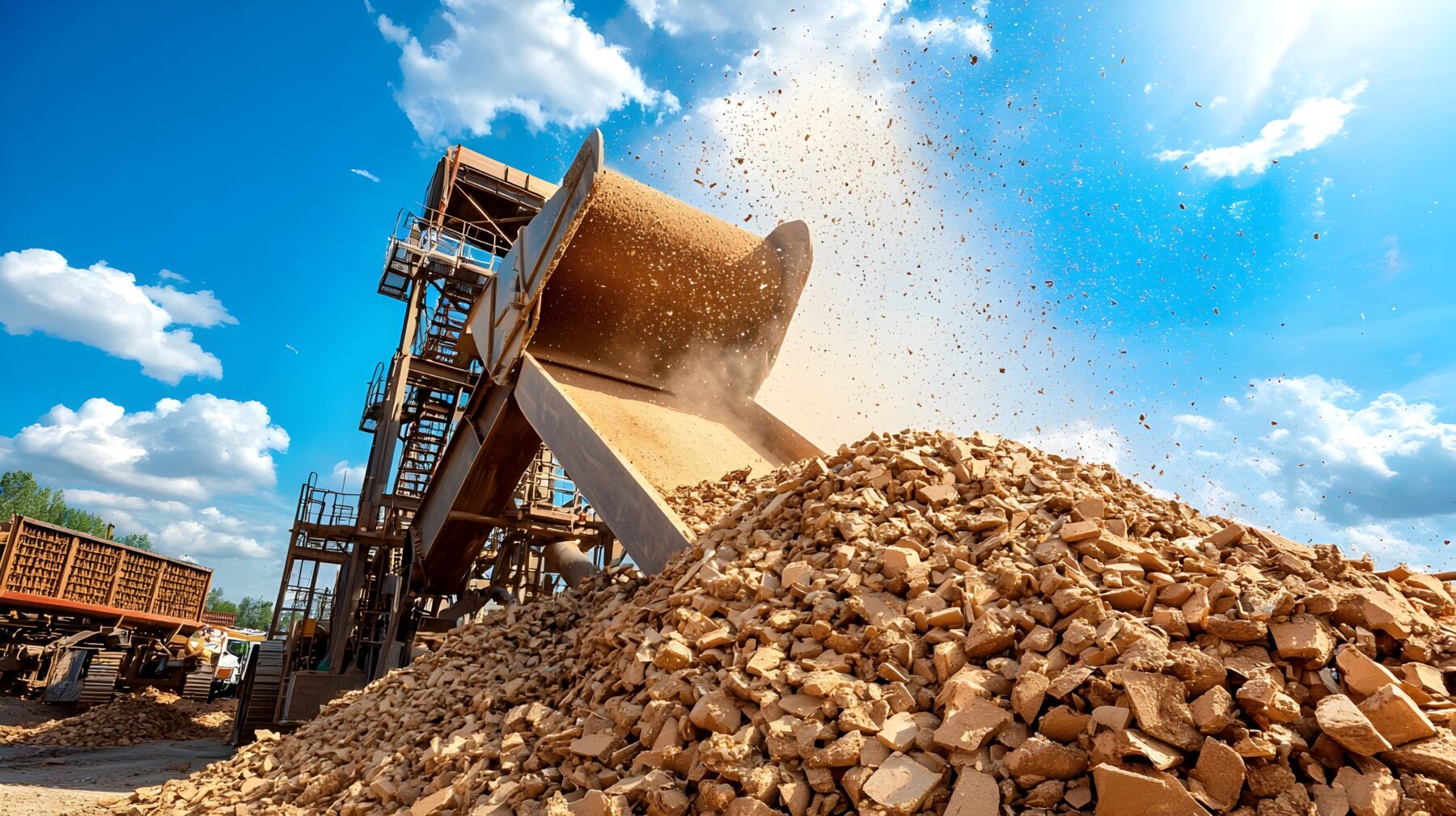Sustainable Gravel Mining: Technology Advancement Guide
January 2, 2025

Supporting construction and landscaping industries everywhere, gravel mining is vital for the growth of infrastructure. Still, conventional extraction techniques can be the cause for environmental issues. Driven by technology developments, sustainable gravel mining techniques are revolutionizing the industry and reducing environmental impact while improving efficiency.
The Value of Ecological Gravel Mining
The burden on natural ecosystems rises in tandem with the increasing worldwide need for gravel. Unsustainable mining methods can upset ecosystems, lower biodiversity, and raise carbon footprints. Including technologically driven solutions guarantees long-term sustainability by helping to balance environmental stewardship with resource extraction.
Modern Extraction Methods: Minimizing Environmental Effect
Modern gravel mining techniques give considerable weight to reducing impact to ecosystems. Precision excavation and remote sensing technology help operators to precisely remove gravel, resulting in reducing waste and safeguarding of surrounding areas. For example, automated dredging tools minimize sediment disturbance in aquatic environments and lower running costs and fuel usage. Furthermore, real-time data on gravel deposits are made possible by laser profiling equipment, which lets operators target certain areas and prevent needless excavation. These developments maximize resource use and guarantee that only the necessary materials are disposed of.
Aggregate Redistributing and Recycling
Gravel mining’s use of recycled aggregates cuts reliance on virgin resources. Companies can generate premium gravel alternatives by absorbing concrete and building waste, avoiding landfill disposal of waste. This circular technique fits with world sustainability objectives and reduces environmental burden. Using recycled aggregates leads in major cost savings for construction activities, reduces carbon emissions during transportation and extraction, and reduces demand on natural gravel supplies.
Smart Equipment: Improving Effectiveness
Mining equipment technological developments are changing operations, improving accuracy and efficiency, all while lowering environmental effect. Real-time input from smart machinery with sensors and GPS tracking lets operators modify processes and lower energy use. Combining hydraulic and electric technologies, hybrid excavators drastically reduce fuel consumption and pollutants. By tracking general efficiency, improving maintenance plans, and monitoring machinery performance, telematics systems help to further optimize operations and make gravel mining more sustainable and affordable.
Data-driven Decisions and Regulatory Compliance
Operators of gravel mining must concentrate on preserving ecosystems and lowering carbon footprints as rules controlling the activity become more strict. Using data analytics guarantees compliance and advances environmentally friendly decision-making. Environmental monitoring systems and other advanced monitoring instruments assess water quality and habitat health, helping operators to detect and minimize environmental effects. By evaluating the possible effects of mining activities, predictive modeling technologies provide information that enables companies to follow legal guidelines and reduce environmental impact.
Ecologically Friendly Site Repair Techniques
A key element of environmentally friendly gravel mining is rehabilitation. Effective site restoration made possible by advanced technologies turns mined areas into vibrant ecosystems. Reforestation, soil stabilization, and hydroseeding, among other methods, help mined areas to be restored and benefit the natural environment. For instance, empty mining sites can be turned into wetlands to help diversity. Monitoring vegetation development with drones helps to guarantee that restoration initiatives match environmental objectives and succeed.
Technology is changing gravel mining and providing answers that strike a mix between environmental responsibility and operational effectiveness. The industry can satisfy increasing demand and protect natural resources by using precision procedures, recycling aggregates, and smart equipment leveraging. Sustainable gravel mining is now essential. Technical integration has to be given priority if we are to guarantee a strong future for the environment as well as the industry.

